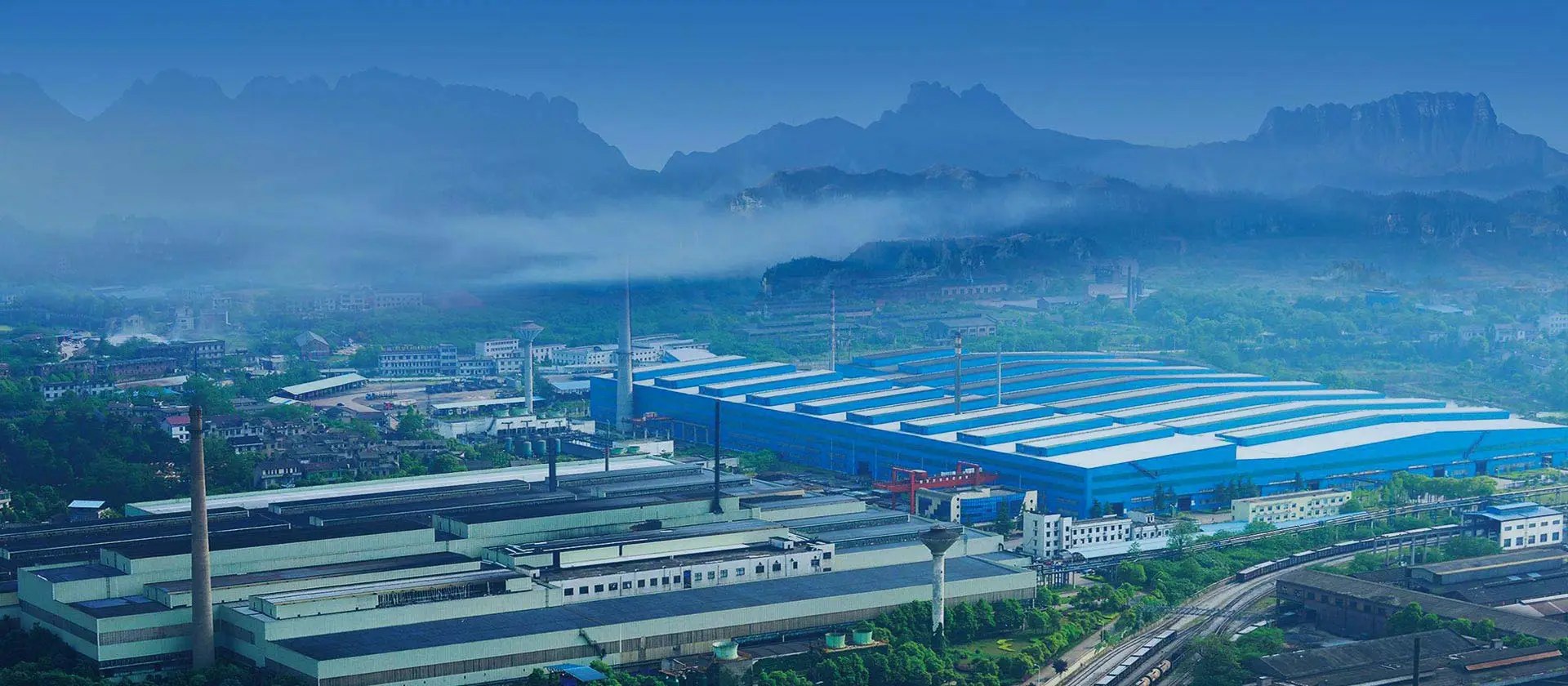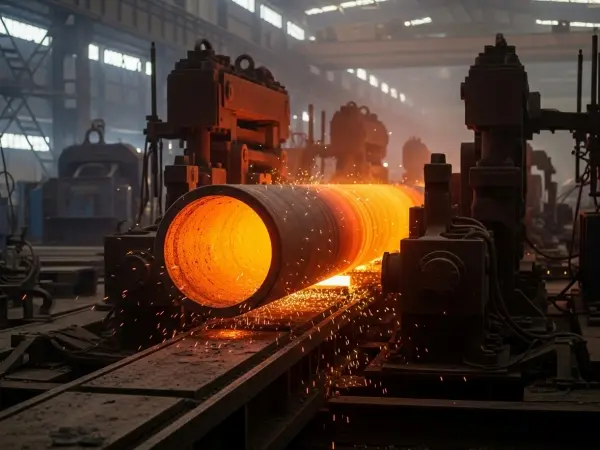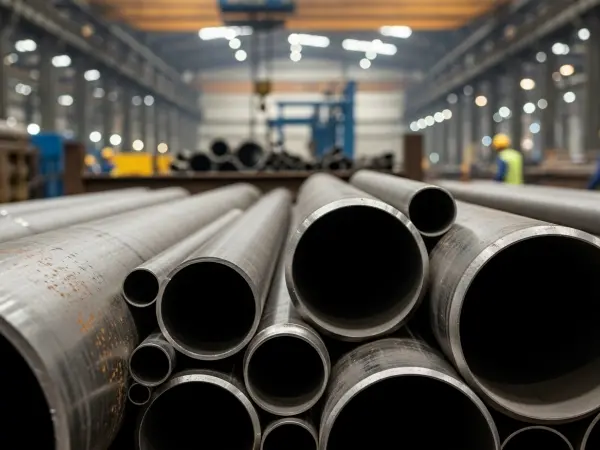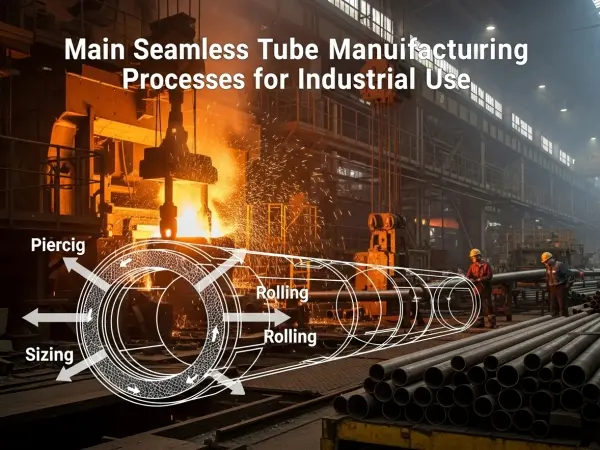
1. The maximum operating pressure that seamed pipes can generally withstand is within 20 kg, which is the safest range of use. It is generally used for low-pressure fluids such as water, gas, and compressed air.
2. Seamless pipes can withstand ultra-high pressure, and of course their wall thickness will increase accordingly, which needs to be designed according to pressure requirements. It is generally used for high-temperature and high-pressure equipment such as high-pressure oil pipes and boiler pipes. There are also seamless pipes for structural use, which depends on the design requirements.
3. There are also some seamless steel pipes that have been seamlessly treated. They are annealed to eliminate the residual stress of the weld, so that the weld is equivalent to the parent material, and its pressure range is basically equivalent to that of seamless pipes. It can also be considered for use.
4. There are also some seamless steel pipes on the market that are drawn or rolled with core heads after the seamed steel pipes are heated as a whole, mainly in small specifications. This type of pipe is only a seamless pipe in terms of appearance, and its essence is not very good.
Usage:
Seamless steel pipes are made by cold or hot drawing, and are generally used for medium pressure equal to or greater than 1.6MPa. Seamed steel pipes are formed by high-frequency welding of steel plates, and are suitable for medium pressures less than 1.6MPa. Regular seamless pipes have logos on their heads, which are sprayed on when they leave the factory. They are very formal and detailed, including specifications, materials, production standards, furnace numbers, and manufacturer trademarks, etc., while fake ones do not have them. If there are any, they are sprayed later, on top of the rust, and are easy to identify.
There is a kind of fluid pipe, which is actually a processed high-frequency welded pipe. The processing method is to use special equipment to either plan or grind off the original weld, and another method is to hot-roll the welded pipe.
1) Anything that is planed or ground off will leave traces, some of which are very obvious, and sometimes it is more obvious after using tools to remove rust;
2) Everyone observes carefully, 20# steel and Q235 have different rust due to different materials;
3) The manufacturers of this kind of pipes are afraid of taking responsibility, so their quality certificates are all fluid pipes and they dare not say that they are seamless steel pipes for fluids;
4) Merchants who sell this kind of pipes generally require settlement by theoretical weight. Everyone knows that the real domestic seamless steel pipes are all over the standard thickness, and are generally weighed;
5) There are also flaw detection and composition inspection. Both methods have limitations, because flaw detection is difficult to distinguish hot-rolled welded pipes, and now Hebei has welded pipes made of 20# steel plates and then processed, so the composition analysis has lost its meaning.


